Cladosporium disease: what is it and how to fight it?
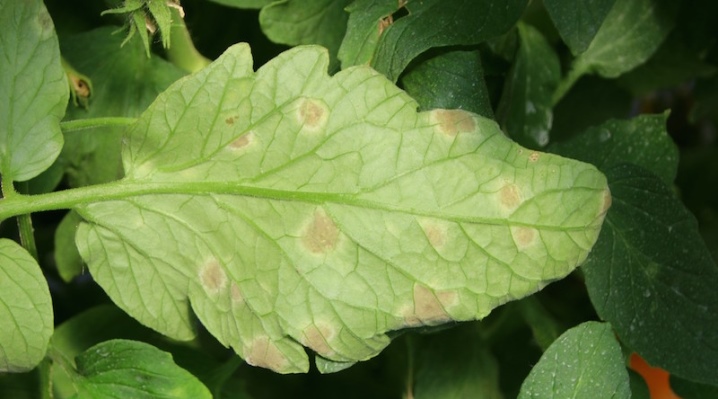
If they want to grow cucumbers and peppers in their personal plot, gardeners may face such a nuisance as the appearance of spotting on the crop. When the first signs of an ailment such as cladosporium are found, it is worth immediately treating the vegetation, otherwise the entire crop may simply die.
What it is?
Cladosporium disease of cucumbers and peppers is a fungal disease that can threaten crop loss... This ailment is also called olive spot, it affects all the terrestrial organs of the plant. When infected with cladosporium, brown spots appear on the leaves of crops in the greenhouse and in the open field.
The onset of the disease is the appearance of single small specks of light gray color, which soon become olive gray and are framed by a light border. On the back of the foliage, the dried spot is overgrown with cobwebs. After the destruction of the spots, you can see that leaves become full of holes... On the stem, the disease manifests itself in oblong elongated spots, and on the fruits with a bloom of olive color.

Fruit defects are characterized by indentation and oiliness, as well as a size of 5 to 15 mm.... After the spots dry out, the pulp of the crops begins to rot. Diseased vegetables are characterized by tuberosity and bend sharply in the affected part. First of all, the disease attacks the lower parts of the culture, slowly moving to the upper ones. In addition to cucumbers, peppers and tomatoes, cladosporiosis can also occur on potatoes, carrots, and berries.
Fungal disease spores can be airborne or waterborne. It is quite difficult to protect vegetation from contamination in a greenhouse. Also, spores of cladosporiosis can remain on garden tools, overalls. After the fungus gets on the foliage of the plant, it begins to germinate and feed on its cells. Conidia are able to winter on crops and maintain their vital activity for almost a year.
The most favorable conditions for the spread of the fungus are air humidity of 80%, as well as a temperature of 22 degrees Celsius or more. This fungus is prone to constant mutations, so it can infect the same plants more than once.
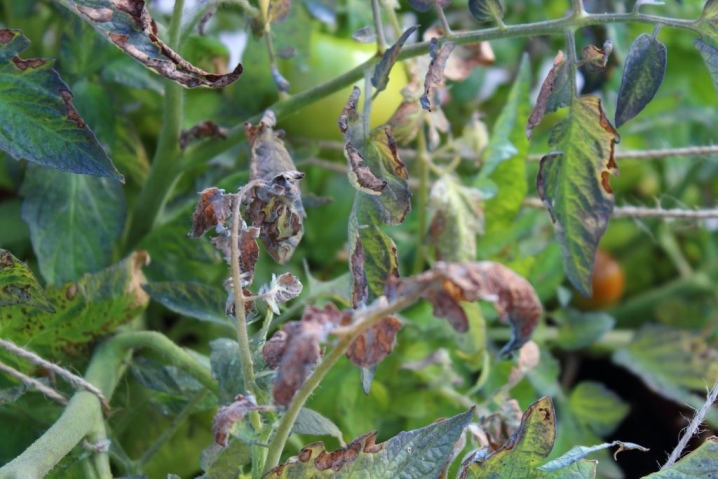
How to treat?
According to experts, the treatment of cucumbers and peppers affected by cladosporiosis should be started at the early stages of its development. Currently, there are many methods that will help get rid of the disease.
Simple agrotechnical methods will help to defeat the disease.
- Decrease in moisture by preventing over-watering, as well as sprinkling.
- Mulching soil near the plant. Since the disease begins to spread from the bottom of the crop, the best option for mulch in this case is mowed grass, hay.
- Provide an opportunity ventilation of the lower layer of culture. To this end, it is worth breaking off the lower affected foliage and burning it. After such an event, it is recommended to treat the bushes with preparations that contain copper.
- Follow crop rotation.
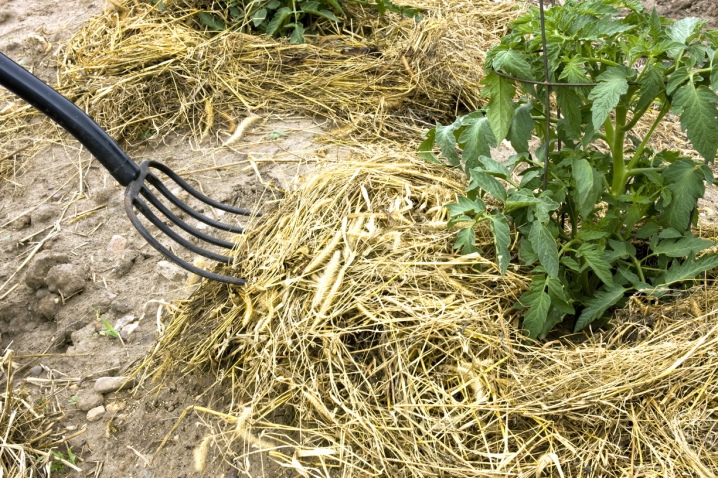
Folk remedies for combating fungal infection are considered not very effective, therefore, they are often used as a preventive measure.
- Add 3-4 drops of iodine to 1000 ml of milk, and then bring to 10 liters with water... It is worth fighting cladosporium disease by spraying the lower leaf layer of plants. After 10 days, the treatment will need to be repeated.
- Make a natural antifungal drug that can act as a micronutrient. It should be based on burdock, nettle, quinoa. The herbs are crushed, sent to a bucket and filled with water by a third. After that, wood ash is added to the mixture, water is added and sent to the sun. After 3 days, a strong fermented tincture should be obtained. It is diluted with water and sprayed with diseased plants.
- Hydrogen peroxide is a safe pharmacy oxidant... This tool has proven itself well as a fungicide with bactericidal and disinfectant properties.
- Mix the whey with water in a ratio of 1 to 10, followed by spraying on the crop that is sick. Treatment with this tool should be carried out every 10 days.
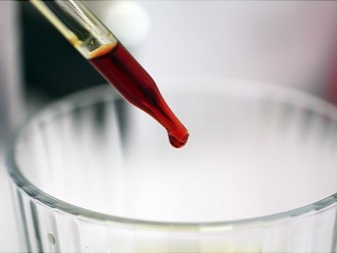
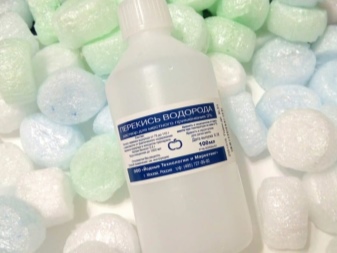
Chemical preparations are used in case of severe damage to a garden or horticultural crop with cladosporia - you cannot do without the use of fungicides. Before using such funds, you should carefully study the attached instructions. You can destroy the fungus using the following substances:
- "Bravo";
- Ditan NeoTek;
- Abiga Peak;
- "Poliram";
- "Captan";
- "Tsineb";
- Kurzat R;
- "Mancozeb";
- Consento.
The use of a systemic chemical involves processing 30 days prior to harvest.
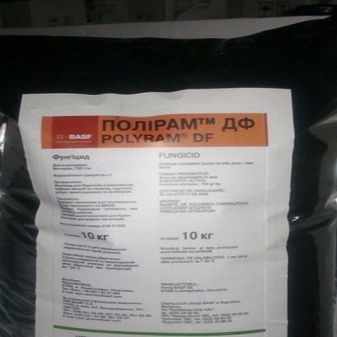
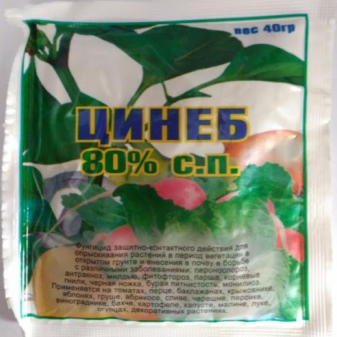
The biological products are based on live microorganisms capable of destroying the fungus of cladosporium. One of the most common and effective drugs is Fitosporin. It is produced in powder and plates. It is necessary to do the treatment with a solution after diluting 100 grams of powder in 0.2 liters of water. At the initial stage of spotting, the substance is prepared from 2 tablespoons of "Fitosporin" and 10 liters of water. Plants must be handled very carefully and the lower foliage must be well moistened. The procedure is carried out every 2 weeks.
Also, biological products in the fight against fungi include Trichodermu, Gamair, Alirin.
As professionals say, in order to effectively combat cladosporiosis of pepper on the site, it is worth taking the following measures:
- drastically reduce the level of irrigation;
- carry out maximum air drying in the greenhouse.
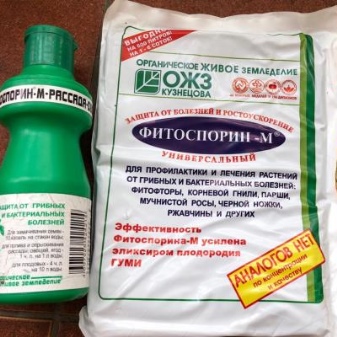
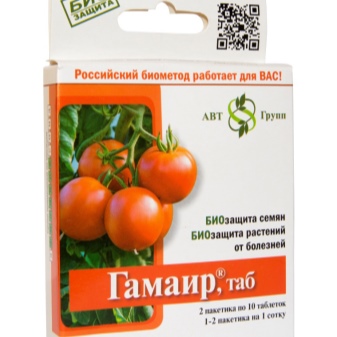
Preventive measures
It is quite difficult to destroy fungus on vegetables, so prevention in this case plays a very important role.
The main preventive measures against the development of cladosporia on cucumbers, peppers and other vegetables are as follows.
- Improving the quality of the soil by introducing organic components into it, compost. On the nourished soil, strong representatives of the flora grow, capable of resisting infections.
- Implementation regular watering, which will prevent overdrying and waterlogging.
- Crop rotation crops on the site. Since most bacteria live in the ground for a long time, it is recommended to grow a certain culture in the same place every 3 years.
- Treatment of plants at the seedling stage with high-quality biological products... Disinfection of planting material can be carried out in a solution of "Fitosporin" for several hours.
- Soil processing.
- Clearing the area from garbage, the remains of the previous harvest. Elimination of the remnants of affected vegetation.
- The need to disinfect the walls, ceilings in greenhouses and greenhouses with the help of pharmaiod.
- Select only those varieties of vegetation that exhibit resistance to fungal diseases.
- Soil solarization. In the hot phase of summer, it is recommended to cover the cladosporium affected area with a film for a period of 6-8 weeks. The fungus is unable to survive when exposed to bright sunlight.
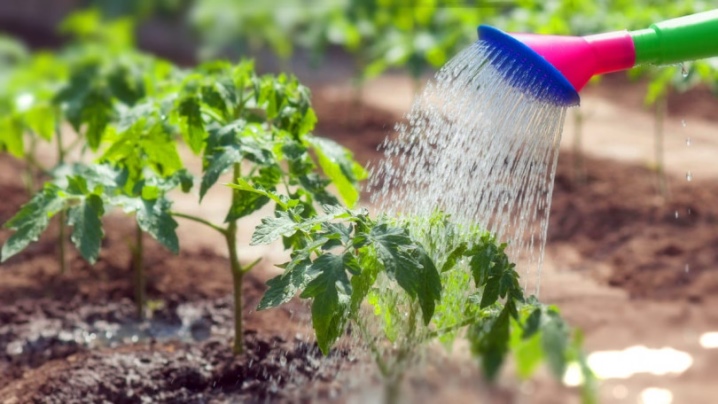
To protect plants from infection with cladosporiosis, you should heed the advice of experienced gardeners:
- do not plant vegetables in the greenhouse too thick;
- disinfect the frame and internal surfaces of the greenhouse with Bordeaux liquid;
- freeze the soil in the greenhouse in the winter season;
- once a year, disinfect the area with a sulfur checker.
Unfortunately, prevention is not always able to prevent infection with cladosporium. For this reason, each plant specimen should be carefully examined for diseases. As practice shows, the first ailment attacks weak cultures that have been poorly cared for. If the gardener does not ignore the rules of caring for plants, then the risk of infection with the fungus Cladosporium fulvum is reduced.
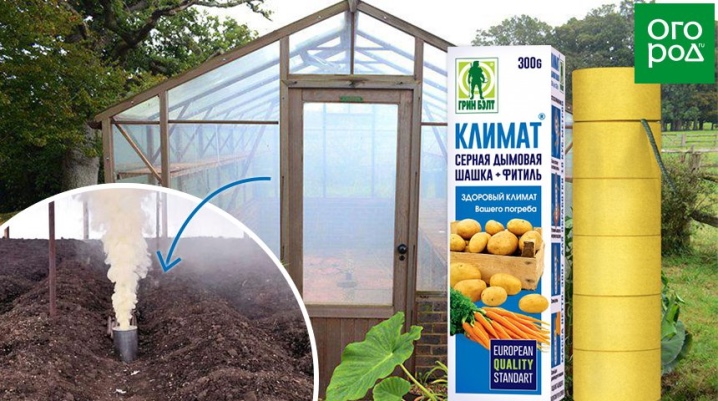
Cladosporium is a dangerous disease that can attack a large number of garden and fruit crops. However, with the right approach to preventive measures, as well as competent control of the disease, you can get a good and healthy harvest.
For information on how to get rid of cladospiriosis, see the next video.













The comment was sent successfully.